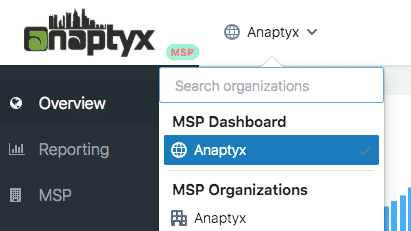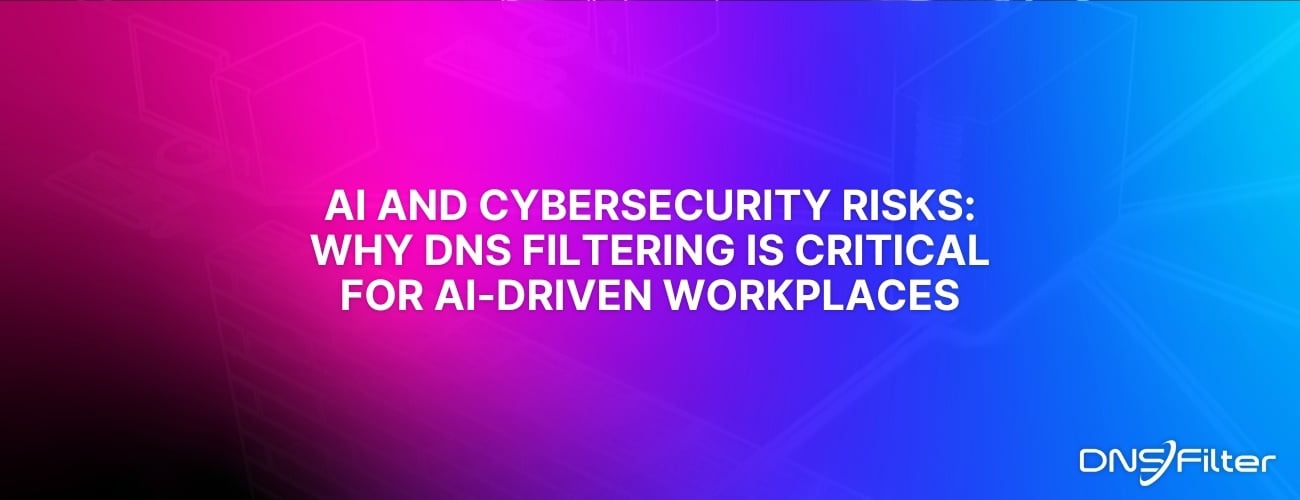Share this
New MSP Global Dashboard
by Josh Lamb on May 16, 2019 12:00:00 AM
See all your customers from a single view
We get being an MSP. In fact DNSFilter was started by one.
We also listen to our customers, and one of your top requests was a single view for all your customers.
Now you can:
- Visualize traffic across all your organizations
- View the top requested domains across all networks so that you can make policy decisions
- See which of your customers are the most active
To view the new MSP Dashboard click your organization drop down, then select your MSP Dashboard:

Or if you’re a customer you can just click here to be taken to your new MSP dashboard.
Are you an MSP but haven’t joined our partner program yet? You’ll need to approved for the partner program before you have access to the dashboard.
P.S. This new dashboard is also the foundation of our next MSP focused feature, MSP Global Policies. You’ll be able to apply a baseline policy to all customers, ensuring consistency and saving time.
As always, let us know if you have any questions or concerns. We love hearing from you.
Share this
 Artificial Intelligence in Cybersecurity
Artificial Intelligence in Cybersecurity
The term “artificial intelligence (AI)” was first coined in 1956. While progress stalled for many years, we can thank IBM for sparking real interest in AI as viable technology: First in 1997 when the computer Deep Blue defeated a chess champion and again in 2011 when Watson won Jeopardy!
 The Mind Games Behind Cyber Attacks
The Mind Games Behind Cyber Attacks
Hackers have long understood that the most sophisticated firewall is no match for a well-placed psychological trick. While many focus on the technical prowess of cybercriminals, the real magic often lies in their ability to manipulate human behavior. By exploiting our natural tendencies and cognitive biases, hackers can slip past even the most robust security systems. It's not just about cracking codes; it's about cracking the human psyche.
 AI and Cybersecurity Risks: Why DNS Filtering is Critical for AI-Driven Workplaces
AI and Cybersecurity Risks: Why DNS Filtering is Critical for AI-Driven Workplaces
Artificial intelligence is transforming business operations, automating everything from customer service to data analysis. But with these advancements come new security challenges. AI-driven cyber threats are becoming more sophisticated, enabling attackers to automate phishing campaigns, generate malware, and exfiltrate sensitive data at scale. Without proper safeguards, AI tools can unintentionally leak corporate secrets or connect to malicious ...


